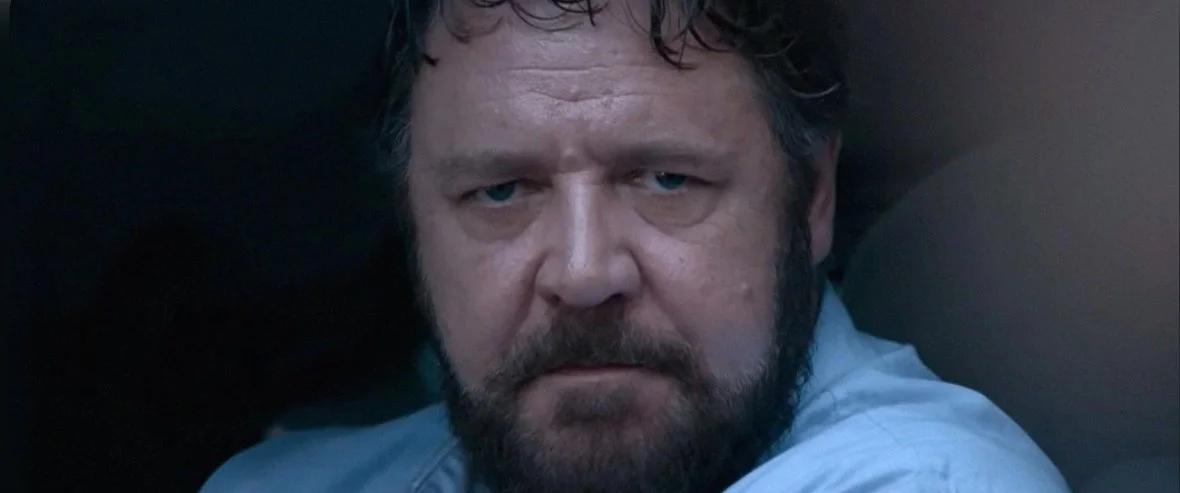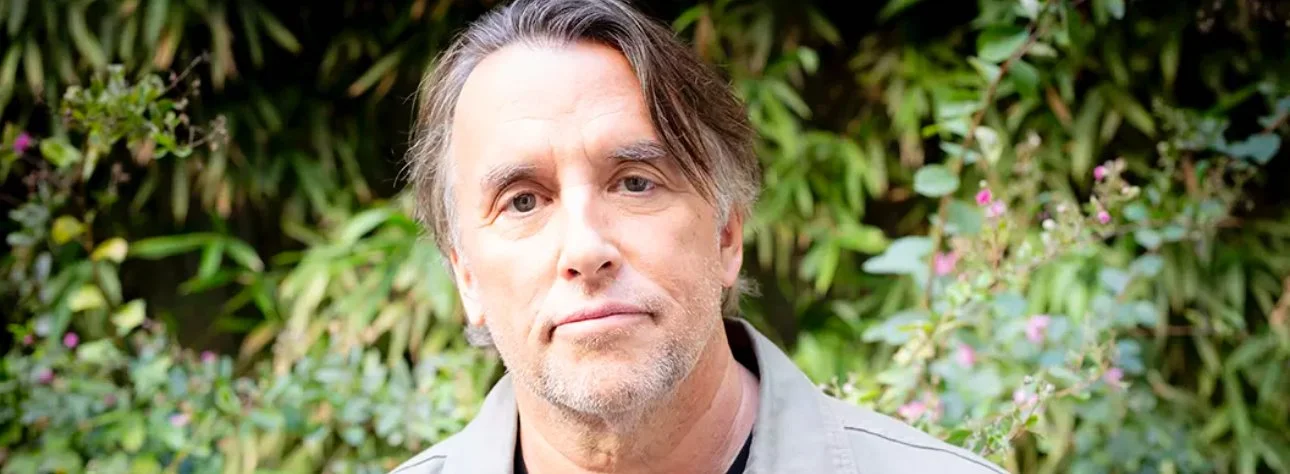
Another Year (R) ★★★★
Mike Leigh’s Another Year owes a lot to the British Free Cinema movement (1959-1963). In fact, most of Mike Leigh’s pictures from Secrets And Lies to his incendiary Naked are inspired by Free Cinema. The Kitchen Sink movement had to happen because of the lack of relevance in British cinema , as Colin Gardner points out ”British cinema seemed to us out of touch with what was going on, and stiflingly class-bound: it was due for a radical shake-up.” These new wave movies focused on “urban, working-class life, at work and play” and were grim in their depiction of what it meant to be British and Working Class in the 60’s.
Another Year is Leigh’s chronicling of a year in the lives of a thoroughly civilized and harmless London couple in their 60’s called Tom and Jerri (Jim Broadbent and Ruth Sheen). Jerri's troubled, alcholic co-Ken worker Mary (Leslie Manville), the couple's single, positive son Joe(Oliver Maltman), and a few others, most notably Tom's Hull-based pal Ken (Peter Wight), another hard drinker and Tom's very quiet older brother Ronnie (David Bradley) who appears at the film’s end. Tom and Jerri are a working class couple that are surrounded by death in the family, alcoholic friends and a working class lifestyle, yet they come away from life with such positiveness that it is almost infectious on the viewer. The people around them are down and depressed, especially their close friend Mary (Lesley Manville), an alcoholic co worker of Gerri’s that turns to alcohol for her lack of a man in her life.
Leigh’s film is a focus of what Elizabeth Sussex would call Kitchen Sink “the relationship between art and society”. It’s a mélange of what was happening to the working class during the 60’s, mixed with dramatic elements that had a relevance to the targeted audience, for example poverty, work and relationship issues. All those themes are present in Another Year which– just like Karl Weisz’s 1967 movie Saturday Night and Sunday Morning- is conceived with no flashiness and is just a simply told but effective story. The working class was not necessarily explored in British cinema pre Kitchen Sink, in fact if there was any mention of it, it would be to drive comic relief to the story. Which is why films by the likes of Weisz and Tony Richardson were seen as a fresh new vision.

However, the one thing that distinguishes Leigh’s film as a relevant, contemporary twin to its New Wave predecessors is its realist style and the way every word and every scene is made to have a realism that can sometimes be hard to watch in its authenticity. Leigh doesn’t flinch when telling the story, it’s clear he knows people like these in real life and does his best to tell their story. Leigh's realism allows for few narrative devices of preparation, and since the camera is only allowed to show plausible slices of reality, the viewer must supply a great many explanations for herself. Accordingly, the film operates on viewers' experiences to produce results which can differ widely for different viewers. Leigh doesn’t condemn his characters’ actions nor does he make fun of them in his film. Instead he just sits back and let’s them be who they are. In example the character of Mary can easily be mocked at if treated by a different director, especially with all the desperation and alcoholism that is injected into her life but Leigh doesn’t comment or force us to judge. His camera just tells the story and we are left with our own interpretation of Mary.
Although Leigh still makes Free Cinema-influenced films such as Another Year, they are rare and few in British cinema, Film Critic Glenn Kenny puts it this way “at this late stage of his career it seems that the alikeness is beginning to wear on certain critics. I'm not one of them, and I would (gently) counsel those who take him for granted that they ought not. Because nobody makes films that feel and play the way his do, for better or for worse, and after he's gone, it's doubtful that anybody else is going to. His deep-dish method of creation—involving intensive preparation with his actors and a huge amount of controlled and oft turned-over improvisation—has been much discussed in various venue” (Some Came Running).

It all has to do with Leigh’s constant search for a social realism in his film(s) and to achieve that realism with the same spoken words people would be inducedto churn out in real life. In Another Year, we rarely notice Leigh’s camera, it’s as if we are glimpsing at a form of reality where grittiness and slightness are in co existence, a far cry from the flashiness of Godard or Truffaut’s French New Wave films. Plotting is thin in Mike Leigh’s film, which makes way for a harder, more concentrated look at the social troubles of the middle class and the small things that matter most in their daily unflashy routines. Another Year has a carefree attitude towards having a plot. Its overall impact is on the characterizations of its characters and the small things that resonate in life. From these small things, come big things in the overall punch the movie gives it viewer with its shattering final shot.





